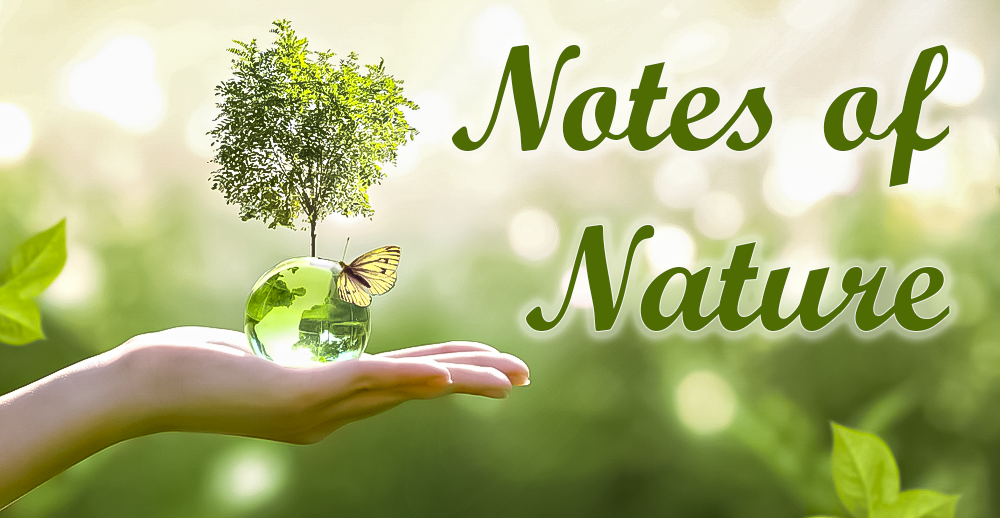Let’s delve into the captivating world of Marsh Marigold (𝘊𝘢𝘭𝘵𝘩𝘢 𝘱𝘢𝘭𝘶𝘴𝘵𝘳𝘪𝘴), a vibrant perennial plant native to wetlands in Europe and North America.
Bright Yellow Flowers: One of its most striking features is its vibrant yellow flowers, which bloom in early spring. These cheerful blossoms attract wildlife and serve as an essential source of nectar for early pollinators like bees and butterflies. Interestingly, while these petals appear uniformly yellow to us, insects perceive the upper part as a mixture of yellow and ultraviolet color, often referred to as "bee’s purple".
Medicinal Properties: Marsh Marigold has a history of use in traditional medicine. Its diuretic, anti-inflammatory, and wound-healing properties have been valued traditionally all by herbalists. However, utmost caution is required, as the plant contains toxins that can cause irritation if not properly prepared.
Symbol of Courage: In folklore and mythology, Marsh Marigold symbolizes bravery and strength in the face of adversity. It was believed to have protective powers and was used to ward off evil spirits.
Ecological Importance: Beyond its beauty, Marsh Marigold plays a crucial role in wetland ecosystems. It provides food and habitat for various organisms, stabilizes soil, and prevents erosion. Pollinators, including hoverflies, visit its flowers, ensuring its reproductive success.
Locally, you can find marsh marigold along the abberd brook, such as tis recently planted specimen: https://www.facebook.com/CalneCommunityNatureReserve/posts/pfbid0B3yguXqD7smdAXaByNURYBmR9oYHkfkmKTnYEdN7FrVCcJhF3cvGp6wJf7dcuLydl



